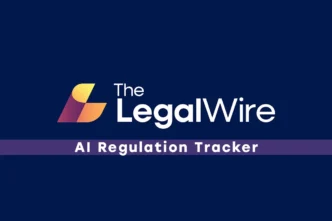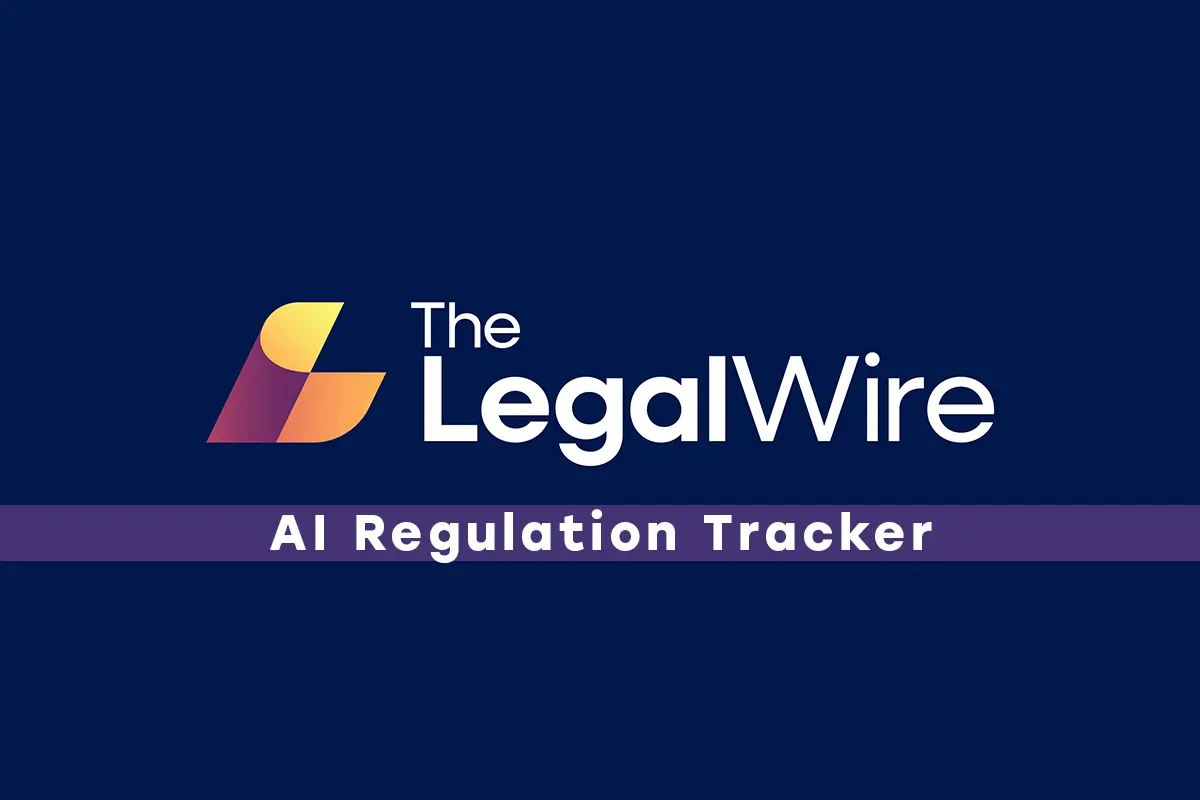The Central Cyberspace Affairs Office has reported the results of the first phase of the “Clear and Bright: Campaign to Curb AI Technology Misuse”, which was launched in April 2025. The campaign aimed to address issues such as AI-powered face-swapping and voice synthesis infringing on public rights and the lack of AI-generated content labelling. In the first phase, local cyberspace authorities intensified crackdowns on non-compliant AI products and severed marketing channels. They also urged major platforms to strengthen technical safeguards and accelerate the implementation of synthetic content labelling. Over 3,500 non-compliant AI products, including mini-programs, applications, and AI agents, were removed, along with more than 960,000 pieces of illegal information and 3’700 accounts. Local authorities implemented various measures. Beijing established a reporting channel, Shanghai piloted content labelling requirements, Zhejiang strengthened oversight of local AI apps, Jiangsu screened and blocked risky AI-related domains, and Tianjin deployed monitoring for AI model security. Major platforms also took action, including Tencent rejecting/removing non-compliant content, Weibo taking down tutorials/products, Tongyi Platform enhancing data governance, Douyin launching attack simulations, and Alibaba, Kuaishou, and MiniMax advancing metadata labelling. Xiaohongshu fine-tuned models to mitigate risks. The office announced that Phase two will target seven key issues and prioritise building AI monitoring systems, standardising penalty mechanisms, enforcing content labelling, and establishing long-term governance frameworks.
Click here for the official article/release
Disclaimer
The Legal Wire takes all necessary precautions to ensure that the materials, information, and documents on its website, including but not limited to articles, newsletters, reports, and blogs (“Materials”), are accurate and complete. Nevertheless, these Materials are intended solely for general informational purposes and do not constitute legal advice. They may not necessarily reflect the current laws or regulations. The Materials should not be interpreted as legal advice on any specific matter. Furthermore, the content and interpretation of the Materials and the laws discussed within are subject to change.






